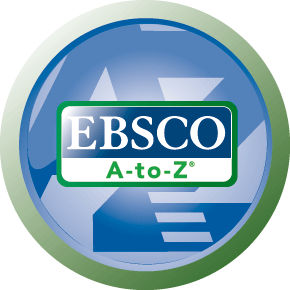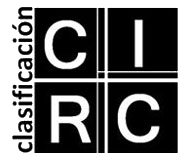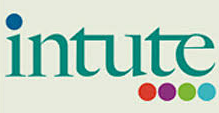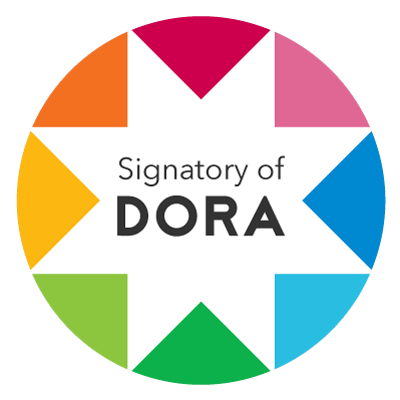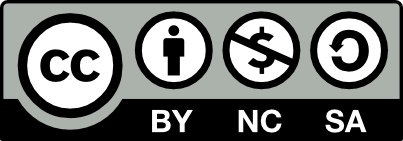Media Agencies in Argentina (1990-2018). From sectoral agencies to a convergent authority
DOI:
https://doi.org/10.24215/16696581e212Keywords:
Argentina, Convergence, Mass Media, Regulatory agencies, Public PoliciesAbstract
This article proposes to analyze, from a historical perspective, the structure and functionalities of both audiovisual and telecommunications regulatory agencies in Argentina, since 1990. The document analyzes the degree of independence of the regulatory agencies from the governments in power, and the way in which the processes of technological convergence have influenced the institutional design. It also examines the arguments referring to the benefits of unified regulators replacing sectorial agencies and the articulation of this discourse in the Argentine context.
The theoretical perspective are Political Economy of Communications studies, that address the impact of state intervention, as well as social and technological transformations from the last quarter of the 20th Century and the beginning of the 21st Century in the configuration of the market of information and communications technologies.
Downloads
References
Baladrón, M. (2017). El Plan Nacional de Telecomunicaciones Argentina Conectada (2010-2015) en el marco de las políticas públicas de universalización del acceso a internet. Tesis de Maestría en Industrias Culturales, Política y Gestión, Universidad Nacional de Quilmes.
Baptista, C. (2012). Políticas, legislación y reglamentación de las telecomunicaciones en la era de la hiperconectividad. Comisión Interamericana de Telecomunicaciones.
Becerra, M. (2003). Sociedad de la información: proyecto, convergencia, divergencia. Buenos Aires: Grupo Editorial Norma.
Becerra, M, Marino, S. & Mastrini, G. (2012). Los medios digitales: Argentina. Open Society Foundation. Recuperado de https://www.opensocietyfoundations.org/sites/default/files/mapping-digital-media-argentina-spanish-20130424.pdf
Blackman, C., & Srivastava, L. (Ed). (2011). Telecommunications regulation handbook. Washington DC: International Bank for Reconstruction and Development / The World Bank / International Telecommunication Union. https://doi.org/10.1016/S0308-5961(01)00034-9
Brown, A. C., Stern, J., Tenenbaum, B., & Gencer, D. (2006). Handbook for Evaluating Infrastructure Regulatory Systems. Washington DC: The World Bank. https://doi.org/10.1596/978-0-8213-6579-3
Bustillo, R. (2011). Un modelo institucional para la regulación en materia de convergencia tecnológica en América Latina. Santiago de Chile: Comisión Económica para América Latina y el Caribe (CEPAL).
Califano, B. (2017). En nombre de la convergencia: cambios en la política de regulación de las TIC en Argentina. Estudos em comunicação – Communication Studies, (24), 1–25. https://doi.org/10.20287/ec.n24.a01
Califano, B. (2018). La regulación de la comunicación durante el primer año de gobierno de Mauricio Macri en la Argentina. Intersecciones en Comunicación, (12), 49–74.
CIDH. (2009). Estándares de libertad de expresión para una radiodifusión libre e incluyente. Washington DC: Organización de los Estados Americanos (OEA).
Council of Europe. (2000). Recommendation REC (2000)23 of the Committee of Ministers to member states on the independence and functions of regulatory authorities for the broadcasting sector. Strasbourg, France.
Council of Europe. (2008). Declaration Decl-26.03.2008 of the Committee of Ministers on the independence and functions of regulatory authorities for the broadcasting sector. Strasbourg, France.
CSJN. (2013). Grupo Clarín S.A. y otros c/ Poder Ejecutivo Nacional y otro s/ acción meramente declarativa. Buenos Aires.
Declaración Conjunta: Desafíos a la Libertad de Expresión en el Nuevo Siglo. (2001). Recuperado de http://www.oas.org/es/cidh/expresion/showarticle.asp?artID=48&lID=2
Fagerjord, A., & Storsul, T. (2007). Questioning Convergence. En Ambivalence Towards Convergence: Digitalization and Media Change (pp. 19–31). Göteborg: Nordicom.
Galperin, H., & Cabello, S. M. (2008). Convergencia tecnológica y armonización regulatoria: el caso argentino.
Santiago de Chile: Comisión Económica para América Latina y el Caribe (CEPAL).
García Murillo, M., & MacInnes, I. (2003). The impact of technological convergence on the regulation of ICT industries. International Journal on Media Management, 5(1), 57–67. https://doi.org/10.1080/14241270309390019
Gerring, J. (2004). What Is a Case Study and What Is It Good for? American Political Science Review, 98(2), 341-354.
Iosifidis, P. (2011). Global Media and Communication Policy. New York: Palgrave Macmillan.
Irion, K., & Radu, R. (2013). Independent media regulators: Condition sine qua non for freedom of expression? En W. Schulz, P. Valcke, & K. Irion (Eds.), The independence of the Media and Its Regulatory Agencies. Shedding New Light on Formal and Actual Independence against the National Context. Bristol, UK and Chicago, USA: Intellect.
Noam, E. (2008). TV or not TV: Three Screens, one regulation? Documento encargado por Canadian Radiotelevision and Telecommunications Commision (CRTC). Recuperado de http://www.crtc.gc.ca/eng/media/noam2008.htm
OECD. (2008). Convergence and Next Generation Networks. Ministerial Background Report. Seoul, Korea: Organization for Economic and Co-operation and Development.
Salomon, E. (2016). Regulación independiente de la radio y teledifusión. Una revisión de políticas y prácticas internacionales. Paris - Montevideo: Organización de las Naciones Unidas para la Educación, la Ciencia y la Cultura.
Wohlers, M. (2008). Convergencia tecnológica y agenda regulatoria de las telecomunicaciones en América Latina. Santiago de Chile: CEPAL - DIRSI.
Downloads
Published
How to Cite
Issue
Section
License
La aceptación de un original por parte de la revista implica la cesión no exclusiva de los derechos patrimoniales de los/as autores/as en favor del editor, quien permite la reutilización, luego de su edición (postprint), bajo una Licencia Creative Commons Atribución-NoComercial-CompartirIgual 4.0 Internacional (CC BY-NC-SA 4.0)
Acorde a estos términos, el material se puede compartir (copiar y redistribuir en cualquier medio o formato) y adaptar (remezclar, transformar y crear a partir del material otra obra), siempre que a) se cite la autoría y la fuente original de su publicación (revista y URL de la obra), b) no se use para fines comerciales y c) se mantengan los mismos términos de la licencia.
La cesión de derechos no exclusivos implica que luego de su edición (postprint) en Question las/os autoras/es pueden publicar su trabajo en cualquier idioma, medio y formato; en tales casos, se solicita que se consigne que el material fue publicado originalmente en esta revista.
Tal cesión supone, también, la autorización de los/as autores/as para que el trabajo sea cosechado por SEDICI, el repositorio institucional de la Universidad Nacional de La Plata, y sea difundido en las bases de datos que el equipo editorial considere adecuadas para incrementar la visibilidad de la publicación y de sus autores/as.
Asimismo, la revista incentiva a las/os autoras/es para que luego de su publicación en Question depositen sus producciones en otros repositorios institucionales y temáticos, bajo el principio de que ofrecer a la sociedad la producción científica y académica sin restricciones contribuye a un mayor intercambio del conocimiento global.













